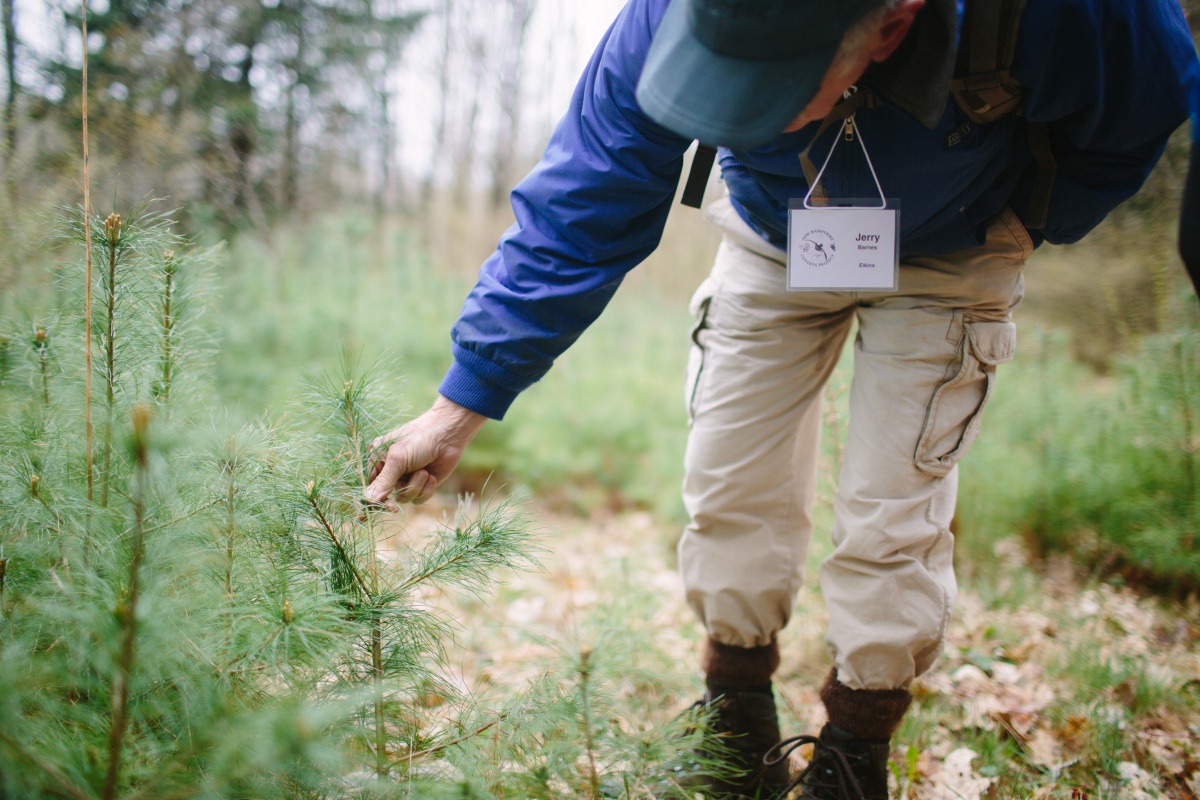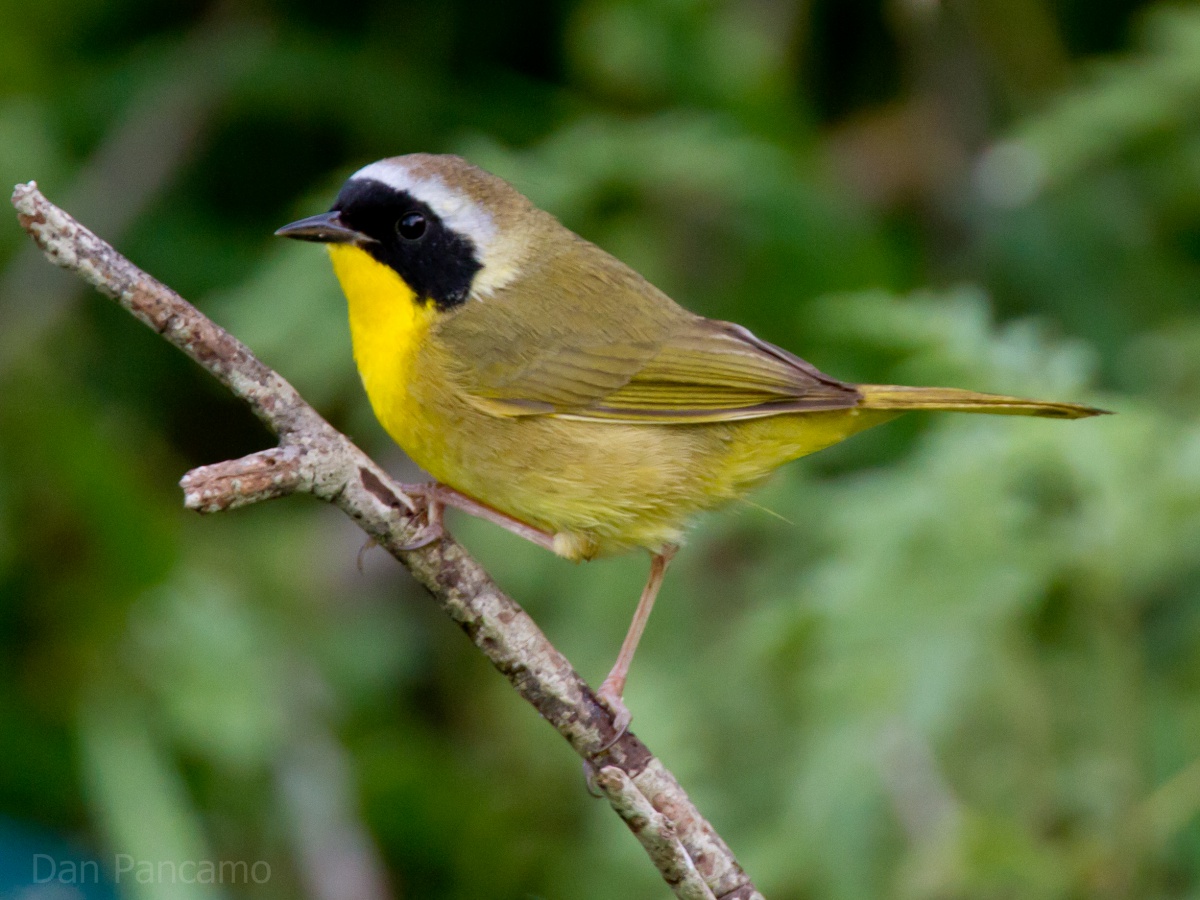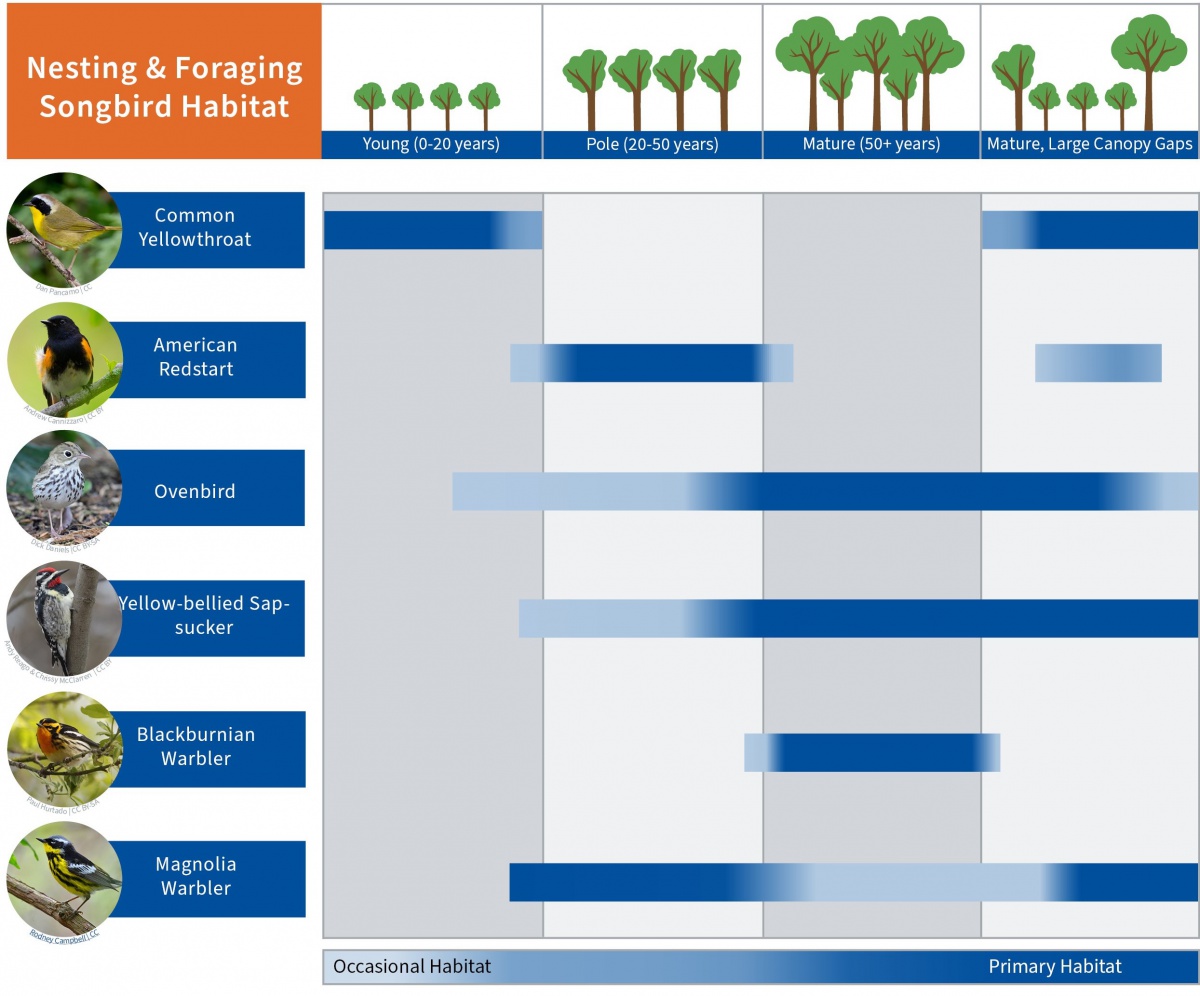Thinking About Your Woodlot
What do you want your woodlot to look like in the future? What is the legacy you want to leave? As a forest landowner, the decisions you make about your land will have a lasting impact for years to come. A good place to start is to think about how you use your woodlot. Do you consider it a source of income? Do you enjoy the space it provides for wildlife? Is your land a place for you to take a walk? It could easily be all of these and more! Thinking about how you use your land, and what you want to get out of it, can help you care for your woodlot and realize the possibilities it can offer.

Photo: Rodney Campbell, CC - https://www.flickr.com/photos/acrylicartist/48789891066
Your Woodlot is a Home for Many
It is not by chance you see certain wildlife species in your woodlot. Each species has specific requirements for shelter, food, and raising their young. For every bird you see in the woods, there is something your woodlot is providing to meet its needs. Too much of one thing, or not enough of another, can prevent some species from making your woodlot their home. Habitat can often be maintained or enhanced with thoughtful and planned management. The process of managing your woodlot for specific wildlife species starts with assessing what your woodlot provides for structure and food. Considering which trees are in your woods, and whether they are young or old, can help predict what birds could be using your woodlot.

https://www.flickr.com/photos/10017367@N03/5629819748
UNH Extension County Forester Can Help
Keeping your woodlot healthy, diverse, and productive involves discovering what you have on your property, evaluating what you found, and planning on how to maintain, enhance or change what is there. This thoughtful planning is a sign of good forest stewardship. Not sure where to start? Give your UNH Extension county forester a call! Your county forester will visit your property, free-of-charge, and help you learn more about your woodlot so you can make informed decisions regarding managing your forest, creating or enhancing wildlife habitat, protecting water quality and scenic beauty, or earning income from your trees. Find your UNH Extension county forester by visiting www.extension.unh.edu/countyforesters or by contacting the Forestry Information Center at (800) 444-8978 or forest.info@unh.edu.

Forest Structure & Songbird Habitat
Forest structure is the horizontal and vertical distribution of layers in a forest including the trees, shrubs, and ground cover (which includes vegetation and dead and down woody material). A key component of a bird’s breeding habitat is the forest structure created by different types and sizes of trees and shrubs. A mixture of structure across the landscape, from the forest floor to the top of the canopy, will provide for a diversity of bird species. Structure within a forested landscape can be complex and fall along a spectrum of conditions. To help think about forest habitat and structure, we can consider how forests grow and change over time. Forests change from a shrubland or young forest, to pole-sized (middle-aged forests), to mature forest, and then to forests where the mature canopy is open due to an individual tree or a group of trees falling over, dying naturally, or being cut during a timber harvest. At each point, the structure is distinctive and creates diverse habitat that attracts different bird species.

Breeding birds in our woodlots use a broad spectrum of forest types and structure for nesting and foraging. Above you will find a handful of common New Hampshire forest birds and the habitats utilized throughout their life cycle. For example, the ovenbird uses mature forests for nesting. Once the chicks have fledged from the nest, they can be found foraging in a variety of different habitats. If managing for a specific wildlife species of interest, it is important to understand all of the habitat requirements for the species and not just focus on one aspect of their life cycle. A visit with your Extension county forester can help you assess the current conditions of your woodlot and provide you with guidance about what actions you can take to maintain or improve habitat quality.
Interested in Learning More? Contact Your County Forester
Find your UNH Extension county forester by visiting www.extension.unh.edu/countyforesters or by contacting the Forestry Information Center at (800) 444-8978 or forest.info@unh.edu.
Additional Information
- New Hampshire Wildlife Action Plan
- Good Forestry in the Granite State
- The Cornell Lab of Ornithology


